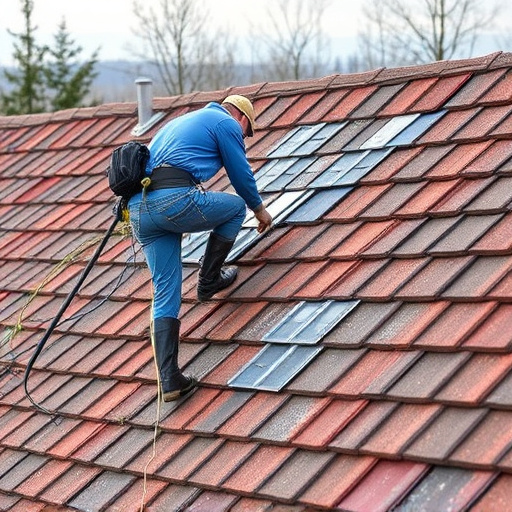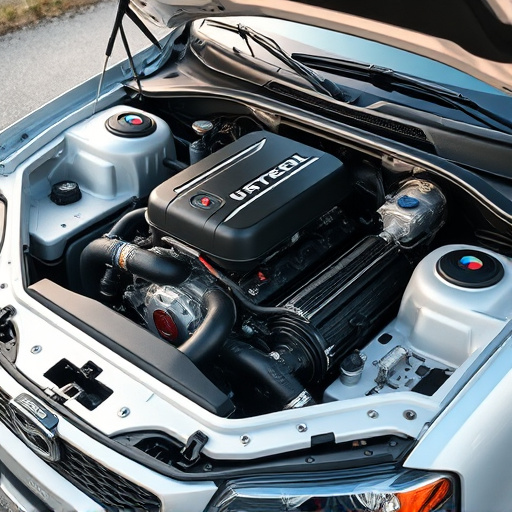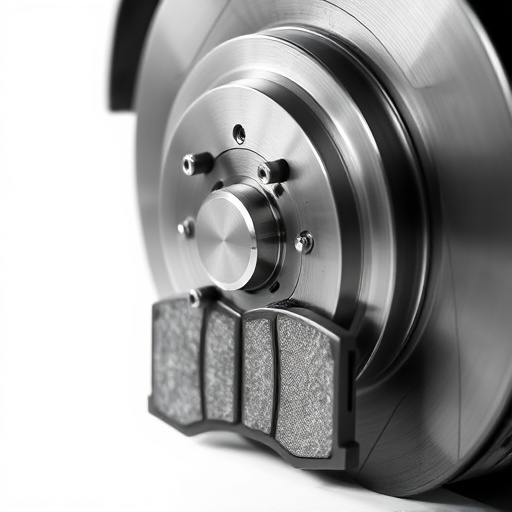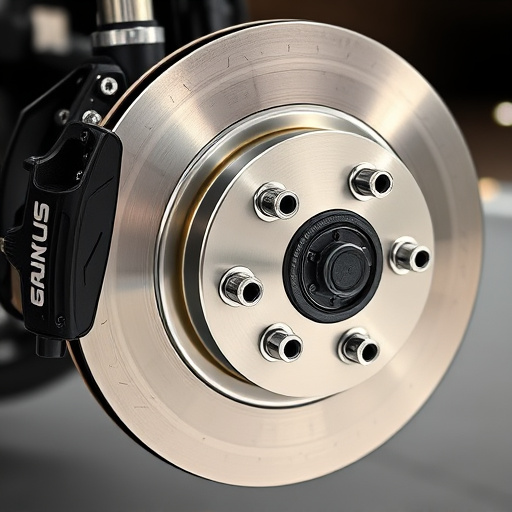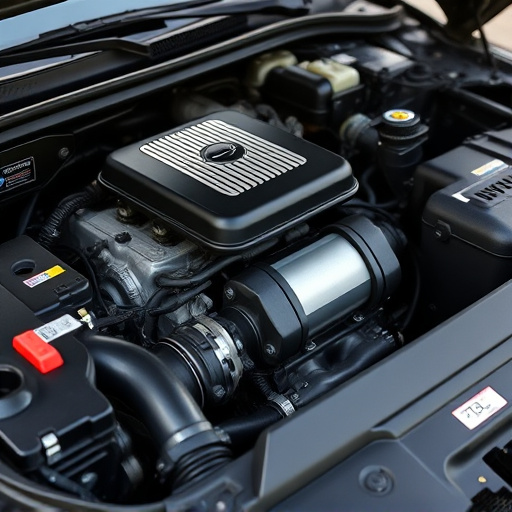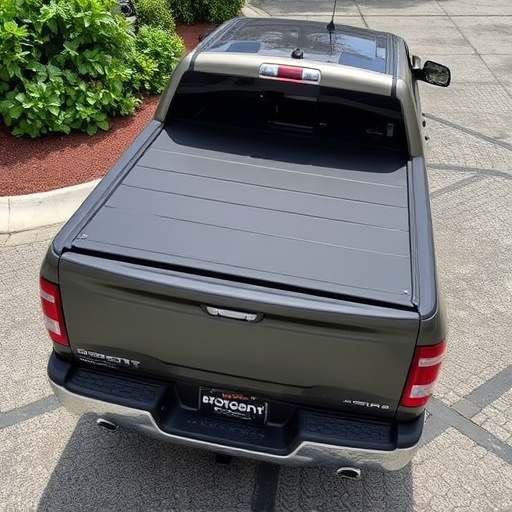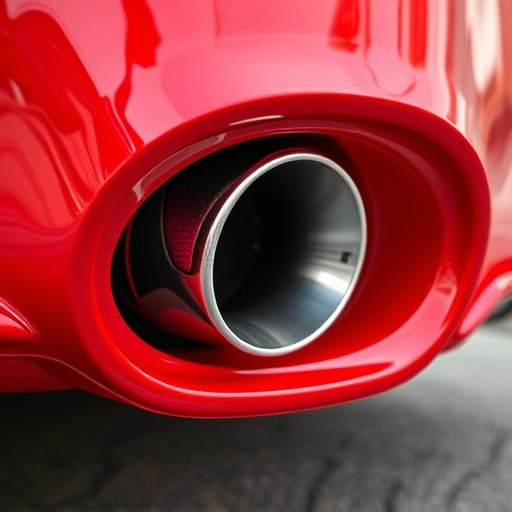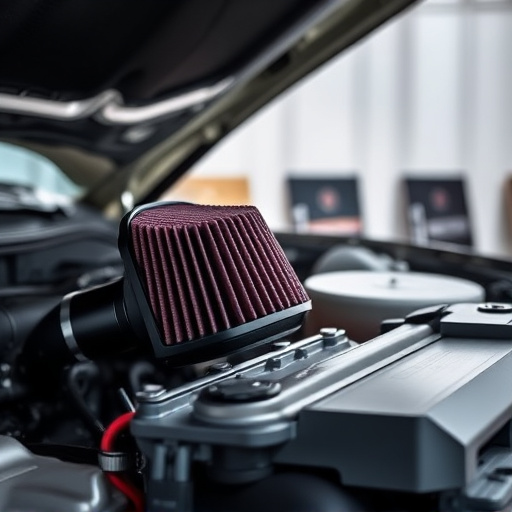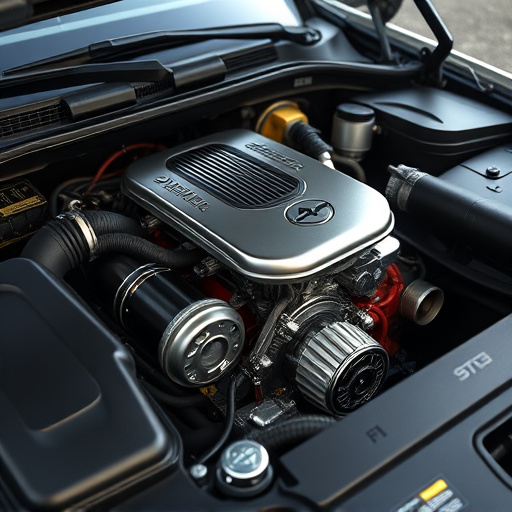Aftermarket dual exhaust systems enhance performance and sound but require legal compliance to meet emissions standards and safety regulations. Global regulations vary, focusing on noise control, performance standards, and vehicle safety. Installing these systems involves understanding local laws, adhering to exhaust standards, assessing compatible components, obtaining compliance certificates, and staying informed about legislative changes to ensure legal integrity.
“Unleash your vehicle’s performance with an aftermarket dual exhaust system—a popular upgrade among car enthusiasts. This comprehensive guide dives into the legal aspects of installing these powerful modifications. From understanding the intricacies of dual exhaust systems to navigating the legal framework, we demystify compliance. Learn how to ensure your dual exhaust system adheres to regulations, offering both enhanced prowess and peace of mind. Discover the step-by-step process to legally install and enjoy your high-performance exhaust.”
- Understanding Aftermarket Dual Exhaust Systems
- Legal Framework for Vehicle Modifications
- Ensuring Compliance: Step-by-Step Guide
Understanding Aftermarket Dual Exhaust Systems
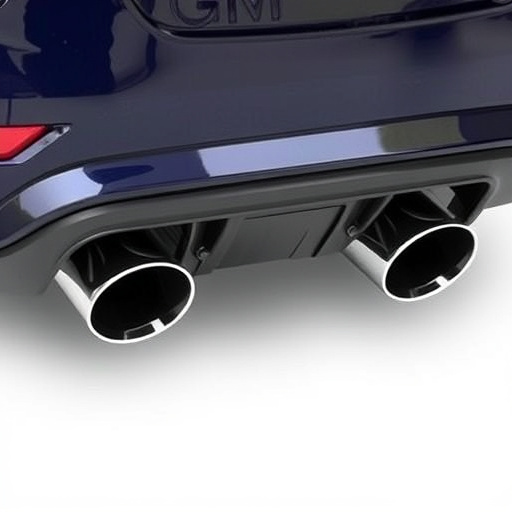
Aftermarket dual exhaust systems are a popular modification among automotive enthusiasts looking to enhance their vehicle’s performance and sound. These systems replace the stock exhaust components with custom-designed pipes, headers, and mufflers, often crafted from high-quality materials like stainless steel or aluminum. By rerouting the exhaust gases, these systems can improve engine performance by increasing airflow and reducing backpressure.
The installation of aftermarket dual exhausts typically involves replacing the factory-fitted exhaust system with a new, tailored setup. This modification is not just about aesthetics; it can significantly impact the vehicle’s power output, torque delivery, and overall driving experience. Unlike some other performance upgrades, such as suspension kits or performance air filters, installing a dual exhaust requires careful consideration of legal compliance to ensure it meets local emissions standards and road safety regulations, especially when modifying brake rotors for improved stopping power.
Legal Framework for Vehicle Modifications
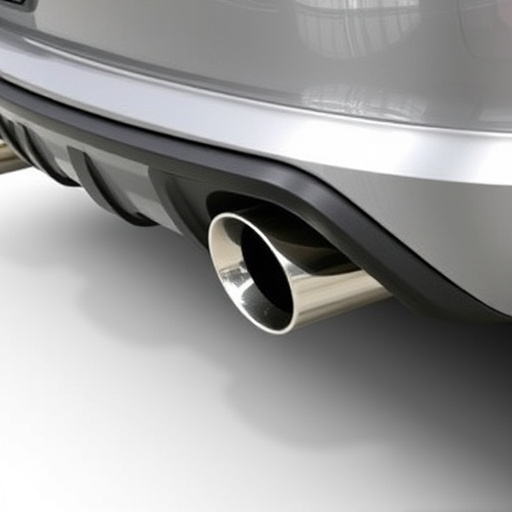
The legal framework surrounding vehicle modifications, such as the installation of an aftermarket dual exhaust system, varies significantly across regions. In many countries, modifying a vehicle’s emissions control systems, including exhaust mufflers and pipes, is strictly regulated to ensure road safety and environmental protection. These regulations often require vehicle owners or installers to adhere to specific standards and obtain necessary permits before making any alterations. Failure to comply can result in penalties, fines, or even legal action.
For aftermarket dual exhaust systems, the focus is typically on noise pollution control and ensuring that modified vehicles meet original equipment manufacturer (OEM) performance standards. Regulations may dictate the decibel levels allowed for exhaust emissions, as well as the type of materials used in construction to prevent excessive noise levels. Additionally, modifications to air intake systems, like cold air intakes, might also be subject to scrutiny, especially if they affect fuel efficiency or engine performance, which can have implications for overall vehicle safety and environmental impact.
Ensuring Compliance: Step-by-Step Guide

Ensuring compliance with legal regulations for an aftermarket dual exhaust system is a meticulous process but crucial for safety and business sustainability. Here’s a step-by-step guide to navigate this landscape:
1. Identify Applicable Regulations: Start by researching federal, state, or provincial laws regarding automotive modifications. Focus on those pertaining to noise levels, emissions, and safety standards. The Environmental Protection Agency (EPA) in the US and similar bodies worldwide offer guidelines for performance exhaust systems, including dual exhausts.
2. Understand Performance Exhaust Requirements: These regulations often dictate specific criteria for exhaust system design and installation. This includes restrictions on decibel levels and guidelines for minimizing harmful emissions, especially when modifying engines. Ensure your dual exhaust system complies with these standards to avoid legal repercussions.
3. Review Brake Rotors and Intake Components: While not direct requirements, modifying brake rotors and intake components alongside the exhaust system is common. Always ensure these parts meet industry standards and are legally permissible. Unapproved alterations can lead to safety hazards.
4. Obtain Necessary Certificates: After designing and installing the dual exhaust system, obtain certificates of compliance from authorized testing facilities. These certificates attest that your system meets legal requirements for noise and emissions. Keep these documents on hand for future reference and potential audits.
5. Stay Informed: Automotive regulations evolve, so stay updated with any changes in laws affecting aftermarket modifications. Subscribe to relevant industry newsletters or join automotive forums to exchange knowledge with peers. Regularly reviewing and adapting your practices ensures ongoing legal compliance.
Aftermarket dual exhaust systems offer vehicle enthusiasts enhanced performance and unique sound, but installing them requires careful consideration of legal compliance. Understanding the specific regulations in your region is key to ensuring your modification stays within legal boundaries. By adhering to the step-by-step guide provided, you can navigate the process with confidence, allowing you to enjoy your upgraded ride without legal repercussions.

